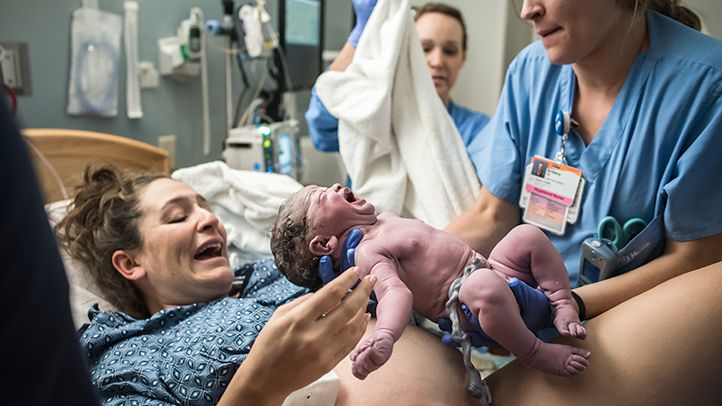Preparing for labor and delivery can be both exciting and nerve-wracking for expectant parents. Understanding what to expect during this life-changing event can help alleviate some of the anxiety and better prepare you for the arrival of your little one. Here is a comprehensive guide to what you can expect during labor and delivery.
Early Signs of Labor
Before active labor begins, many women experience early signs and symptoms that signal the onset of labor. These can include regular contractions, the rupture of the amniotic sac (water breaking), and the passage of the mucus plug. It’s essential to keep in close contact with your healthcare provider during this time to determine when to head to the hospital or birthing center.
Stages of Labor
Labor is typically divided into three stages: early labor, active labor, and delivery of the placenta. During early labor, contractions may be irregular and mild, and the cervix begins to dilate and efface. Active labor is when contractions become stronger, more frequent, and closer together, leading to full dilation of the cervix. Once the baby is born, the placenta must be delivered, completing the labor process.
Pain Management Options
Many women experience pain during labor and delivery, and there are several pain management options available to help alleviate discomfort. These can include natural techniques such as breathing exercises, relaxation techniques, and massage, as well as medical interventions like epidurals, spinal blocks, and IV medications. It’s essential to discuss your pain management preferences with your healthcare provider ahead of time.
Monitoring Baby’s Well-Being
Throughout labor and delivery, healthcare providers will monitor the baby’s well-being to ensure a safe and smooth delivery. This can involve continuous fetal monitoring, which tracks the baby’s heart rate and the strength and frequency of contractions. If any concerns arise, additional tests or interventions may be necessary to protect the health of both mother and baby.
Possible Complications
While labor and delivery are natural processes, complications can arise that require medical intervention. Some potential complications include prolonged labor, fetal distress, placental abruption, and umbilical cord prolapse. It’s essential for expectant parents to be informed about these potential risks and discuss them with their healthcare provider.
After Delivery
Once the baby is born, the focus shifts to postpartum care for both mother and baby. This can involve skin-to-skin contact, breastfeeding support, and monitoring for any potential complications such as postpartum hemorrhage or infection. It’s essential to follow your healthcare provider’s recommendations for postpartum recovery and care to ensure a healthy start for you and your newborn.
Final Thoughts
While labor and delivery can be a challenging and intense experience, it is also a beautiful and transformative journey that culminates in the arrival of a precious new life. By understanding what to expect during labor and delivery, you can better prepare yourself mentally, physically, and emotionally for this incredible milestone. Remember to communicate openly with your healthcare provider, ask questions, and seek support from your loved ones to navigate this exciting time with confidence and peace of mind.

